What’s the bioeconomy? According to gov.ie, the bioeconomy is the part of the economy which “preserves nature and uses renewable biological resources from agriculture, forestry, marine and the organic waste system to produce food, feed, bio-based materials, chemicals, and energy, while reducing waste, in support of achieving a sustainable, circular and climate neutral society”.
In layman’s terms, the bioeconomy is focused on finding replacements to things traditionally made with non-renewable resources.
It is mentioned in chapter 18 of the Climate Action Plan 2021. When I first read about it, I thought: “This looks like something large-scale businesses will have to think about, but not the average rural citizen.” As it turns out, I was both right and wrong.
Conscious consumers
In 2018, the European Union Bioeconomy Strategy Update claimed that consumers would be essential drivers of the bioeconomy.
We know our economy is a system based on supply and demand. Well, you can’t shift to a sustainable method of production without the support of the consumer to help drive that demand.
According to an Munster Technological University /Teagasc story-map entitled The Irish Bioeconomy in the Public Mind (produced for Bioeconomy Ireland Week 2021), it is a two-way street when it comes to transforming our economy into something which will help us achieve our climate targets.
“[...] Consumers must bear some responsibility for accepting and sharing environmental values, exercised through their purchasing and consumption decisions, while industry and business must ensure sustainable production of green products of sufficient quantity to allow consumers to meet their needs without harming the environment.”
Maeve Henchion, head of Teagasc’s Agrifood Business and Spatial Analysis department, says consumer acceptance of the bioeconomy is crucial to its success.
“There’s passive and active acceptance – that’s where the consumer role comes into it,” she explains. “We passively accept things like putting biofuel in the car, because it doesn’t involve any obvious or difficult change for us. We still drive into the forecourt and fill up in the usual way, and there is no real impact on price.
“We need consumers to actively accept the bioeconomy also though. For example, products packaged with bio-plastics might be a bit more expensive, so you’d be hoping there would be a market pull where consumers would be asking for better bio-based alternatives [which would help drive demand].”
The problem?
The story-map also says that previous research shows consumer awareness of bio-based products only lies at around 50%, while only 12% actually change their shopping patterns to buy bio-based products.
“We all like to think we’d do something,” Maeve says, “but if we have to compromise or go out of our way to go to a particular shop to buy something? There’s that intentional behaviour gap in what we do – and probably even more so from an ethical or pro-environmental perspective. Some people will go above and beyond, but not most people.”
We are, after all, creatures of habit. We buy the same brands, eat the same foods and drink the same tea year after year. It appears to be a bit of a chicken and egg argument – which needs to come first?
Our desire to purchase sustainable products, or the creation of the products themselves. Irish Country Living questions Maeve as to whether the latter is more important.
Chicken or the egg?
“The bioeconomy has grown from a policy perspective and public procurement is seen as a way of developing the market,” she says. “If you develop the market, you can scale up and reduce costs fairly quickly. That works for some products but not all – it’s easy for bus fleets to switch to biofuels, for example, but it’s not as easy for other types of products.
“At Teagasc we are concerned with the primary producer, or the farmer,” she continues. “We don’t want the farmer to be a mere supplier of cheap biomass to the bioeconomy – they have to see how they fit into it, so part of what we’re doing is trying to figure out how farmers can be more involved in the future. Farmers are not very visible in it at the moment; if they don’t see their role in it they won’t want to make changes.”
Project Ireland 2040
The Government’s development plan for the Irish economy is called Project Ireland 2040. They have allocated €116bn to implement the plan which started in 2020 and is set to take place over 20 years. The plan includes enriching the rural economy and bringing more employment to rural Ireland – this includes the further development of our bioeconomy.
Researchers are not just working to create bio-based alternatives to things like plastic, but are also working to figure out logistics and scalability of how this can all be achieved on a larger scale. There are plenty of promising bio-based alternatives out there; it’s just a matter of scaling up production and adoption of these new concepts and products.
Bioeconomy Ireland Week
Bioeconomy Ireland Week has run in October of each year since 2018, which is when the Government published their first official statement on the development of a bioeconomy. Bioeconomy Ireland Week highlights and raises awareness of Ireland’s existing bioeconomy and it also highlights what the bioeconomy might hold for us in the future. It is run by BiOrbic, the bioeconomy SFI research centre at University College Dublin.




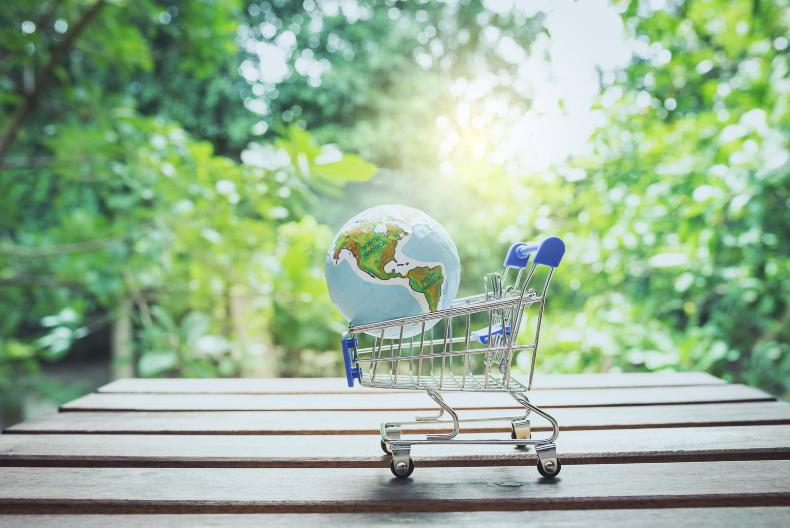
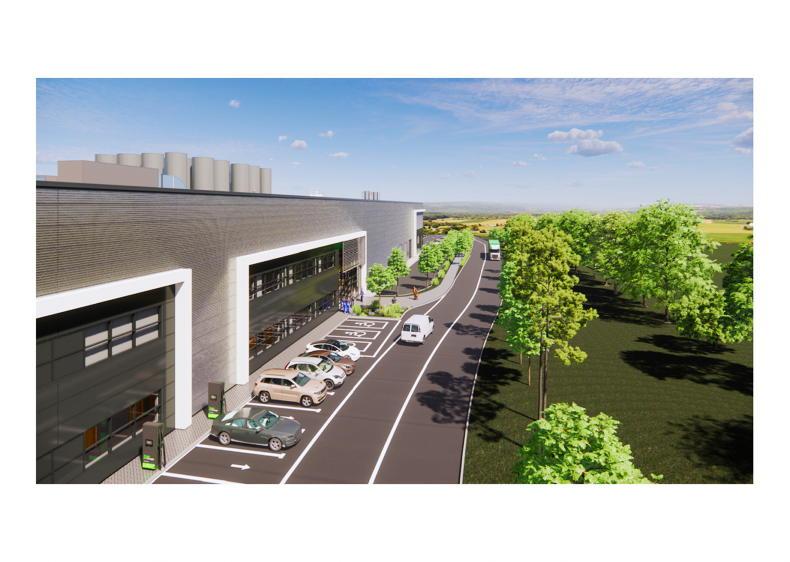
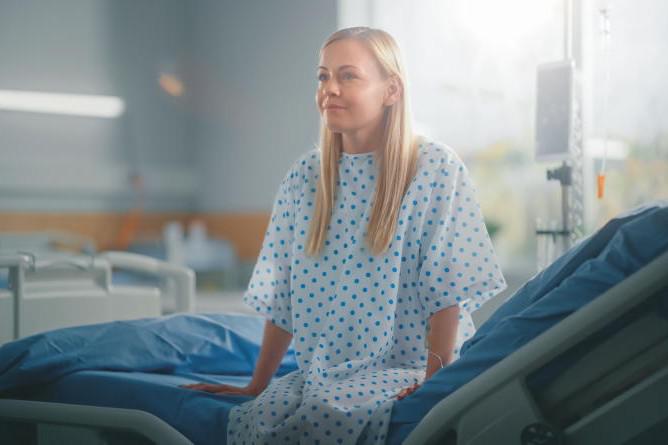
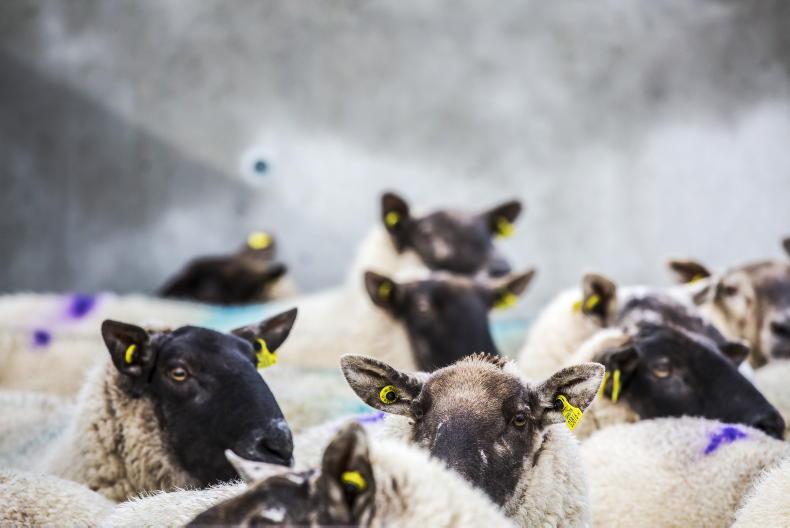
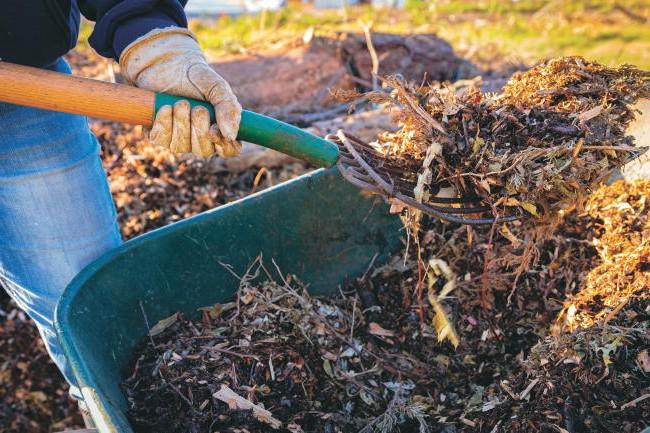
SHARING OPTIONS